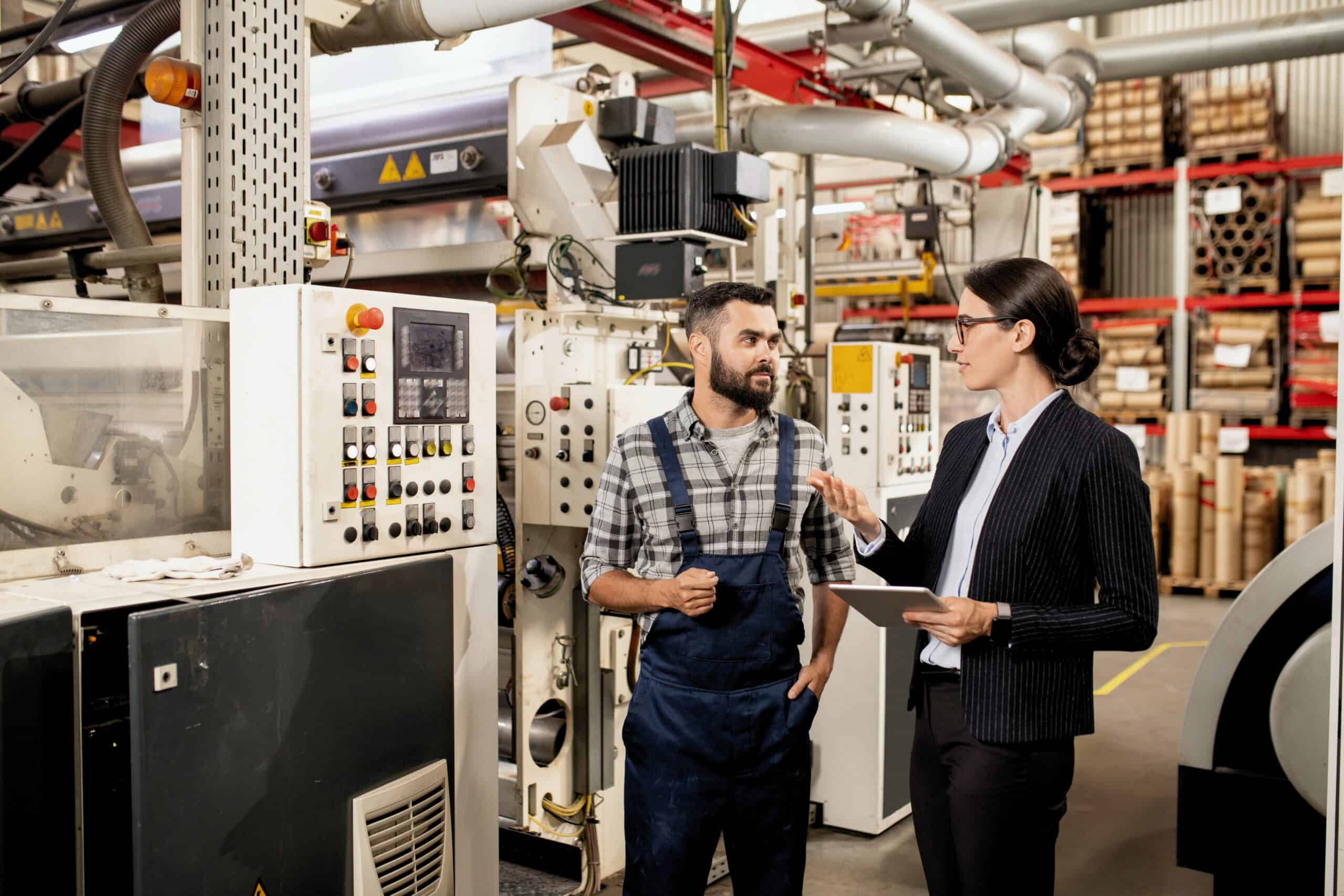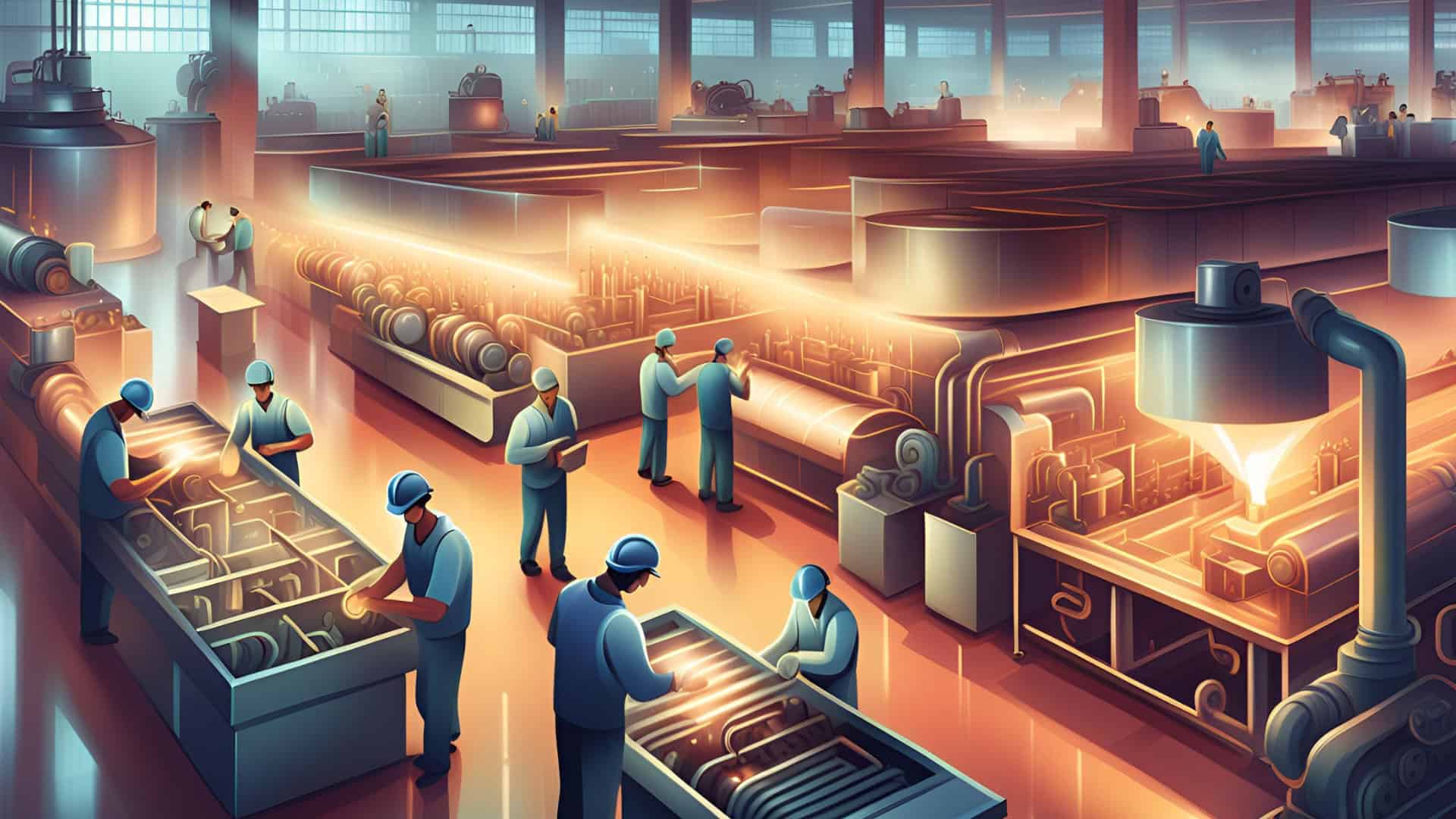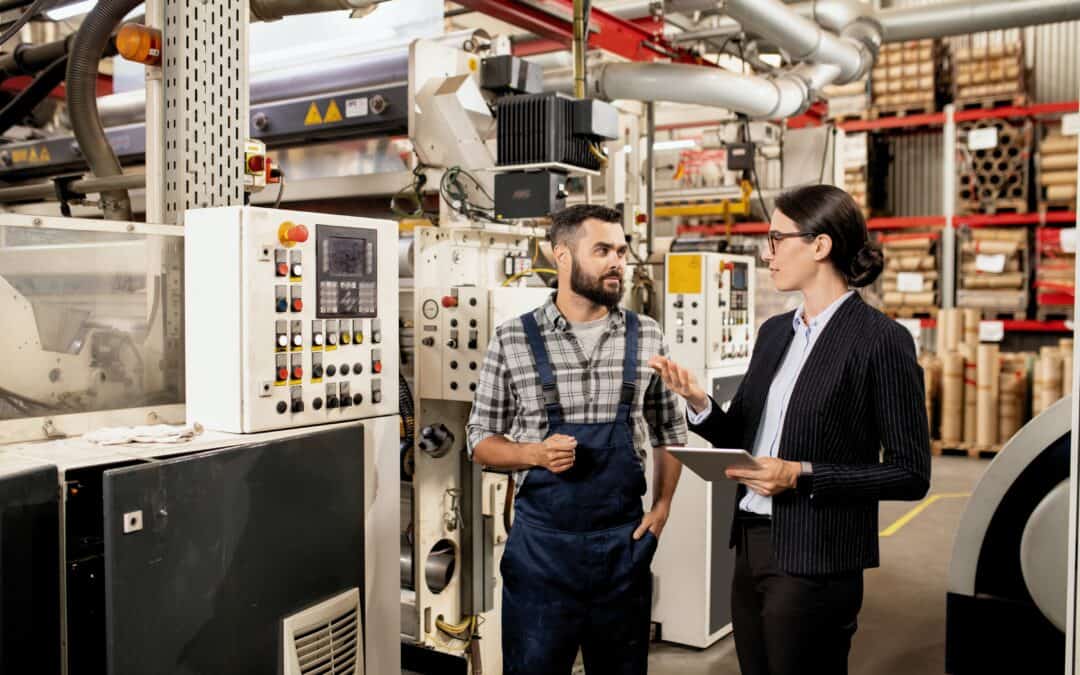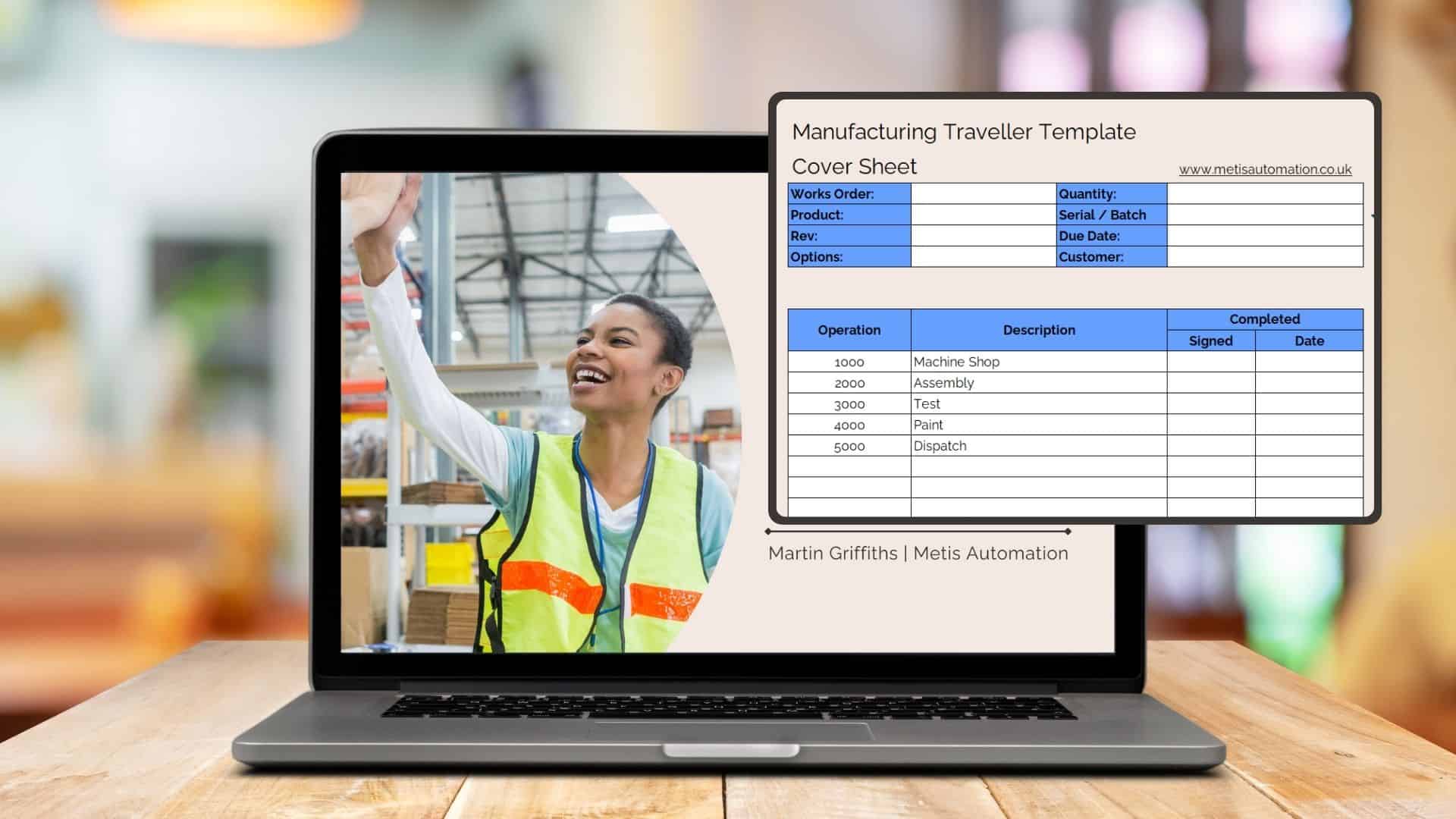Standardising Processes for Efficiency

In manufacturing, efficiency starts with consistency. Without a standardised process, businesses face inefficiencies, wasted resources, and quality risks that disrupt production and hinder growth.
For many manufacturers, variability in workflows is a persistent challenge, leading to inconsistent outputs and bottlenecks that reduce productivity. Addressing this variability is not just a minor adjustment—it’s a foundational step towards long-term efficiency and success.
The solution? Standardising production processes. By implementing a consistent and streamlined approach, manufacturers can:
- Eliminate waste and redundant steps.
- Improve operational quality and reliability.
- Create a solid foundation for scaling and adapting to future demands.
In this post, we’ll delve into why standardisation matters and share a 4-step checklist to help manufacturers build efficient, repeatable processes.
Download the Smart Factory Blueprint to start simplifying and enhancing your manufacturing operations with practical tools and insights.
Why Standardising Production Processes is Crucial

Standardising production processes is essential for manufacturers aiming to achieve efficiency, consistency, and long-term growth. Here’s why it matters:
✅ Improves Consistency: Ensures every product meets the same high standards.
✅ Eliminates Waste: Streamlines workflows by removing redundant steps.
✅ Supports Future Growth: Creates a stable foundation for scaling and digital transformation.
With a standardised process, you not only solve current inefficiencies but also prepare your business for continuous improvement and innovation.
Download the Smart Factory Blueprint to start simplifying and enhancing your manufacturing operations with practical tools and insights.
4-Step Checklist for
Standardising Production Processes

If you’re ready to standardise your processes, follow this step-by-step guide to build consistency and efficiency into your operations:
4-Step Checklist for
Standardising Production Processes
1. Document Your Processes
- Record every step of your production workflow to identify inefficiencies.
- Ensure all processes are clearly documented for training and reference.
- Highlight key areas that need improvement or refinement.
Download the Smart Factory Blueprint to start simplifying and enhancing your manufacturing operations with practical tools and insights.
4-Step Checklist for
Standardising Production Processes
2. Simplify the Workflow
- Eliminate redundant steps and non-value-adding activities.
- Streamline processes using lean principles to improve efficiency.
- Focus on creating a workflow that’s easy to monitor and adapt.
4-Step Checklist for
Standardising Production Processes
3. Set Clear Standard Operating Procedures (SOPs)
- Develop step-by-step instructions for consistency.
- Train employees to ensure SOPs are understood and followed.
- Regularly review and update procedures as processes evolve.
Download the Smart Factory Blueprint to start simplifying and enhancing your manufacturing operations with practical tools and insights.
4-Step Checklist for
Standardising Production Processes
4. Define Success Metrics
- Identify and track KPIs like cycle times, defect rates, and efficiency scores.
- Use these metrics to monitor performance and identify improvement opportunities.
- Create a culture of continuous feedback to ensure ongoing optimisation.
-
4-Step Checklist for
Standardising Production Processes
Building a Strong Foundation
By standardising production processes, manufacturers can eliminate waste, ensure consistency, and create a scalable foundation for future success. Whether it’s improving workflows or preparing for digital transformation, standardisation is the first step toward building a resilient and efficient operation.
Download the Smart Factory Blueprint to start simplifying and enhancing your manufacturing operations with practical tools and insights.
Why Standardisation Sets the
Stage for Efficiency & Growth

Standardising production processes is more than just a best practice—it’s the foundation for long-term success. By creating consistent workflows and eliminating variability, manufacturers can unlock the full potential of their operations.
A standardised process:
- Provides stability for reliable production and consistent quality control.
- Streamlines operations, minimising errors and increasing productivity.
- Prepares businesses for digital transformation, ensuring future improvements can be implemented smoothly.
With these benefits, manufacturers can build a scalable, resilient operation that supports sustainable growth, improves efficiency, and reduces defects. Standardisation isn’t just a step forward—it’s the foundation for lasting success in an evolving industry.
What’s Next?
Standardising production processes is just the beginning of your journey toward greater efficiency and manufacturing success. By creating consistent workflows and eliminating inefficiencies, you’ve set the foundation for improved quality, streamlined operations, and long-term growth.
But what comes next? In the next post, we’ll explore Step 2: Quality Control. Discover how embedding strategic checkpoints into your processes can:
- Ensure product consistency at every stage of production.
- Minimise defects, saving time and resources.
- Enhance customer satisfaction and build trust in your manufacturing capabilities.
Stay tuned for more actionable insights to continue your transformation journey! 🚀
Let’s Talk Tascus
Want to see how Tascus can cut errors,
speed up production, and simplify
compliance in your factory?





